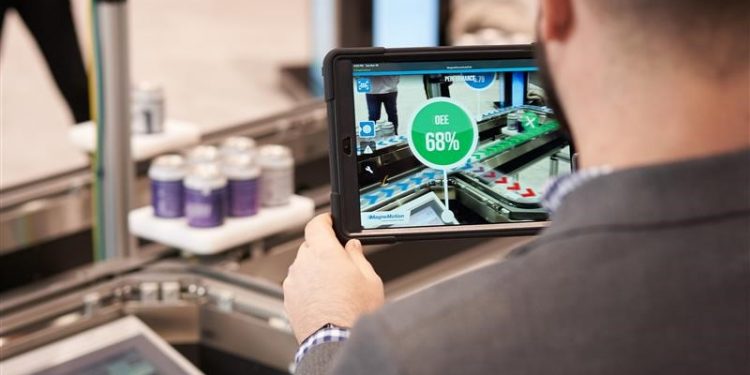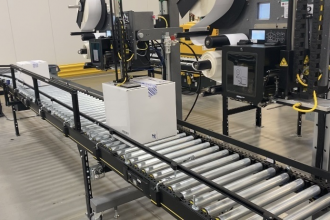Leveraging Existing Data Sets When Starting Your Digital Journey

There are many valid reasons for wanting to enter a digital journey. Every operation is interested in getting more value out of what they have in place, and often the next logical step is to digitize operations. With a wide variety of tools now available, there is much you can do to enhance your current processes.
However, too often, companies add technology for technology’s sake, adding a solution in search of a problem. This is putting the cart before the horse and can result in wasted investments. Before you leap, it’s important to first determine what data you already have and how you can leverage that. Much of the market is missing this critical step. Ironically, much of the data you need for improved operations is likely at your fingertips—you just don’t know it, or don’t understand how to best access it.
You probably don’t need to add more data to an existing data set, which can be costly and not deliver any of the results you need. You will be spending money unnecessarily and creating a missed opportunity. This results in frustration and a lack of trust in what new technology can do for you. Instead, start where you are.
What’s important is understanding what parts of your existing data are useful and accessible, and then putting that information to work.
Instead of adding on new technology, work with your automation experts or an outside consultant to find what data you do have, and learn to contextualize it. You may be surprised by all the information you already have at the ready, and what you can do with it. An informed consultant can walk you through the steps.
New digital disciplines like the Internet of Things, artificial intelligence, virtual reality (VR) or augmented reality (AR) can provide the proper framework for digitization, helping you to make better decisions based on the information they provide. Your investment in these tools pays off quickly, when executed properly.
A great way to start your digital journey is by creating a digital twin. This will provide physical representations with true digital fidelity. For instance, if you’re considering adding an incline conveyor, you can create a simulation and see how it operates in your existing processes. Add in emulation and you’ll see how the virtual control system operates within the simulation. Put it together and you’ll have digitally confirmed (or not) how a physical piece of equipment might operate within your facility, prior to actually buying and implementing.
Bottom line, step one in this scenario is determining if you have the data you need. Once you’ve done that, your second step is to align that data with the problems you want to solve. Efficiencies can improve when you extract your existing data and utilize it.
Take a look into the data you already have—you might be happily surprised by what it will tell you.
For more information about the Solutions Community: https://www.mhi.org/solutions-community
For further articles from the Solutions Community:
Where Do Conveyors Go From Here?
Benefits Of Condition Monitoring Sensors In The Material Handling World
The Digitization Of Intralogistics: Storage
Supply Chain Lessons Learned During The Pandemic
3 Ways Digital Tools Improve Warehouse Labor Productivity
Logistics And The Importance Of Digital Inventory



